Papua New Guinea is now the world’s second largest producer of pure vanilla.
While everyone’s been waiting for Uganda, India, Indonesia, Mexico, or anybody, to challenge Madagascar’s dominance of the vanilla bean market, Papua New Guinea has done it.
We wanted to find out why.
Remote, exotic and beautiful, Papua New Guinea lies in the Tropics north of Australia, draped in the mountains and rain forests that vanilla beans love. It occupies half of a very large island, divided from Indonesia down the 141st meridian.
The country is enormous. Its vanilla region lies near the Sepik River, one of the world’s great untamed waterways that wends through mountains, wetlands and dozens of indigenous cultures. Much of the country was untouched by modern global influences until the mid 20th century, and parts remain so today.
Papua New Guinea has hundreds of ethnic groups, many arriving thousands of years ago from Melanesia, and more than 800 languages. English and Tok Pisin, a pidgin English, are used nationwide.
About 80 percent of Papua New Guinea’s eight million people are subsistence farmers. Per capita annual income averages about $2400, six times higher than Madagascar’s $400, according to the World Bank.
Many vanilla farmers live deep in the bush, far from any road and several days walk to the nearest town. Villages are a stunning architecture of stilt houses with woven walls, thatched roofs and high pointed ridge lines.




Reaching this region to visit vanilla farmers would have been impossible without our wonderful hosts, a couple whose generosity and hospitality are beyond words.
This dynamic pair, highly successful entrepreneurs, fell in love with vanilla about two decades ago. One of the couple had explored the Sepik as a young man trading crocodile skins among uncontacted tribes, sleeping in huts, paddling canoes, and wading chest high through wild rivers.
Applying that boldness to vanilla, he set about organizing farmers in the hinterlands, encouraging them to grow vanilla as a cash crop and sending trained agents to teach them how. He published an illustrated textbook in Tok Piksin that takes the farmer through the entire growing and curing process.
Most critically, he provided a steady market for pure vanilla through the price crash of 2004 to 2010, operating at a loss when most everyone outside of Madagascar gave up.
One might assume that farmers would be eager to grow vanilla beans. It can fetch as much as silver by weight and is easy to transport.
But farmers can’t eat vanilla beans, and food crops are much easier to grow than this temperamental orchid. Vanilla vines take four years to produce a pod and require intense hand labor all along the way: mulching, pruning and training vines along support trees, hand pollination of each flower, and months of sun curing. When prices are high, the vanilla beans are easily stolen.
When prices are high, the vanilla beans are easily stolen.
When prices are low, vanilla will produce a loss just about anywhere that has a higher per capita income than Madagascar. That’s when farmers in competing countries tear out their vines, setting up the next boom/bust cycle.
“It’s amazing the amount of encouragement farmers need even when prices are high,” said one of the field agents who works with the farmers, going out to villages every day.
Our friends even put billboards along the roads urging farmers to “Stat planim vanilla now.”
They established the only radio station reaching vanilla farmers, broadcasting music, news, public service announcements, and vanilla market news and prices.
Keeping farmers informed is essential to their strategy. “This is the price, so don’t let people cheat you,” they tell farmers.
During our visit, the radio station discussed vanilla thefts. We met a farmer that day who had just been robbed of his entire crop. A year of his hard labor had vanished.
Trucks are often ambushed by gunmen along remote roads. We travelled in an armed convoy. But in the bush, the vanilla farmers could not have been friendlier or more welcoming.




Our friends assure farmers of a ready market for their vanilla, backed by his larger business operation. They are also able to maintain tighter quality control by managing production from farm level to the finishing cure.
Today there are thousands of Papua New Guinea vanilla farmers. They grow mainly Tahitian, or tahitensis, vanilla beans, all certified organic under the rigorous Australian protocol. The vanilla beans are sun-cured by the farmers, and finished at a central warehouse.
The biggest problem facing Papua New Guinea vanilla now is the smuggling of unripe and poorly cured vanilla beans over the Indonesian border.
The strategy is to differentiate Papua New Guinea vanilla from the more common planifolia variety grown in Madagascar and elsewhere. Tahitian vanilla is shorter, less susceptible to mold and has a distinct floral, fruity bouquet. The French began cultivating the variety in Tahiti in the mid-19th century, but today, virtually all Tahitian beans come from Papua New Guinea.
Tahitian vanilla has gained wide acceptance in Europe and the United States. Papua New Guinea’s production provides a critical cushion against price increases in Madagascar.
The biggest problem facing Papua New Guinea vanilla now is the smuggling of unripe and poorly cured vanilla beans over the Indonesian border. Sometimes these beans are sold as “Indonesian tahitensis.”
The beans are inferior. They serve mainly to undermine Papua New Guinea farmers who hold their beans to maturity, damaging their quality reputation and undermining the market for their vanilla beans.
Last year, Papua New Guinea produced more than 200 metric tons of pure vanilla, to Madagascar’s 1700 to 1800 metric tons. These volumes should continue to grow.
Our friends’ message to us and to Papua New Guinea farmers is the same. “Vanilla is the number one flavor in the world, and the demand is unlimited,” they said. “There’s a real future in vanilla.”
We share their optimism.
We’re thrilled to be able to bring you this report from the jungles of Papua New Guinea. If you have any questions, don’t hesitate to call. We love to hear from our customers.



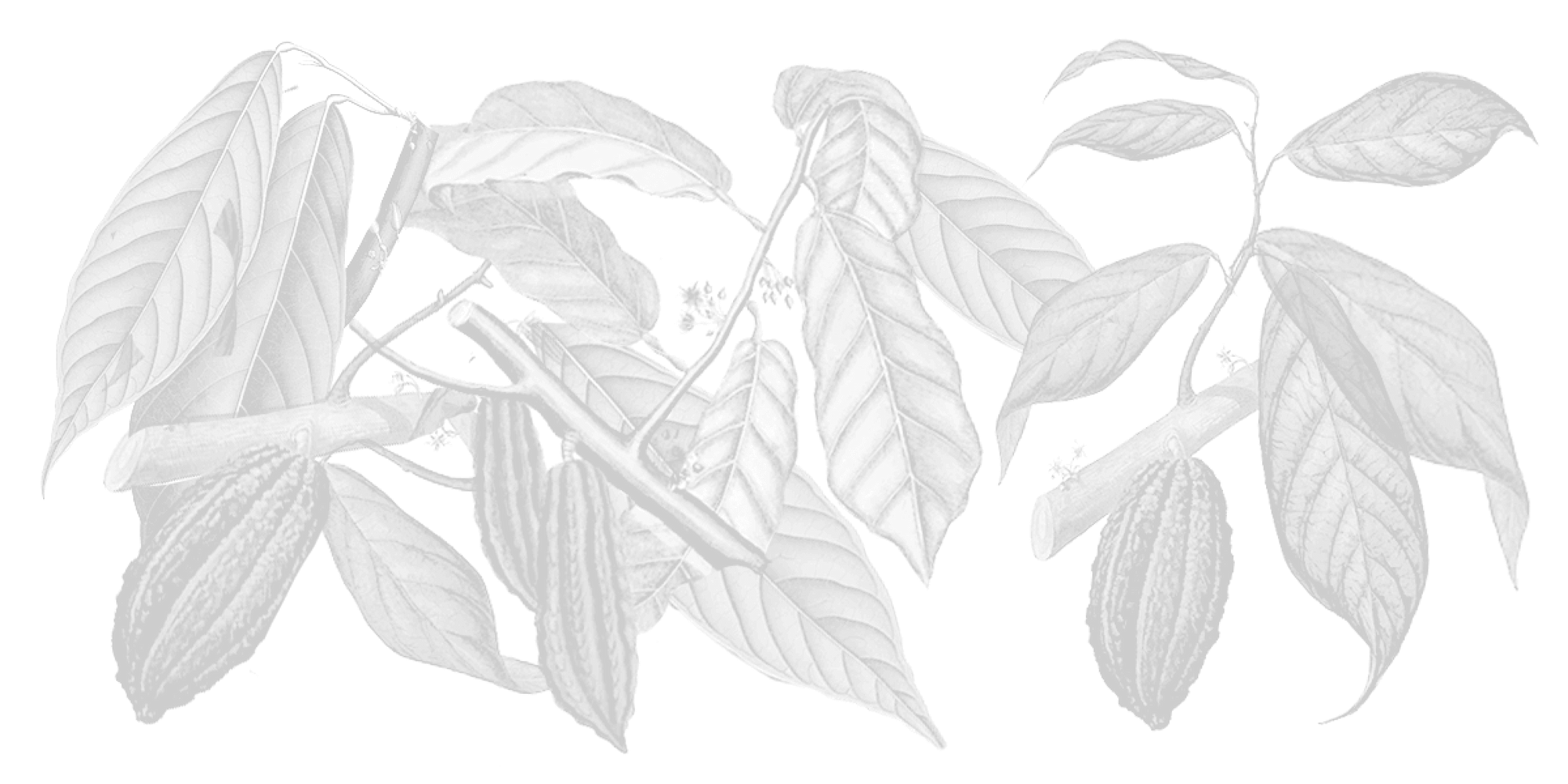
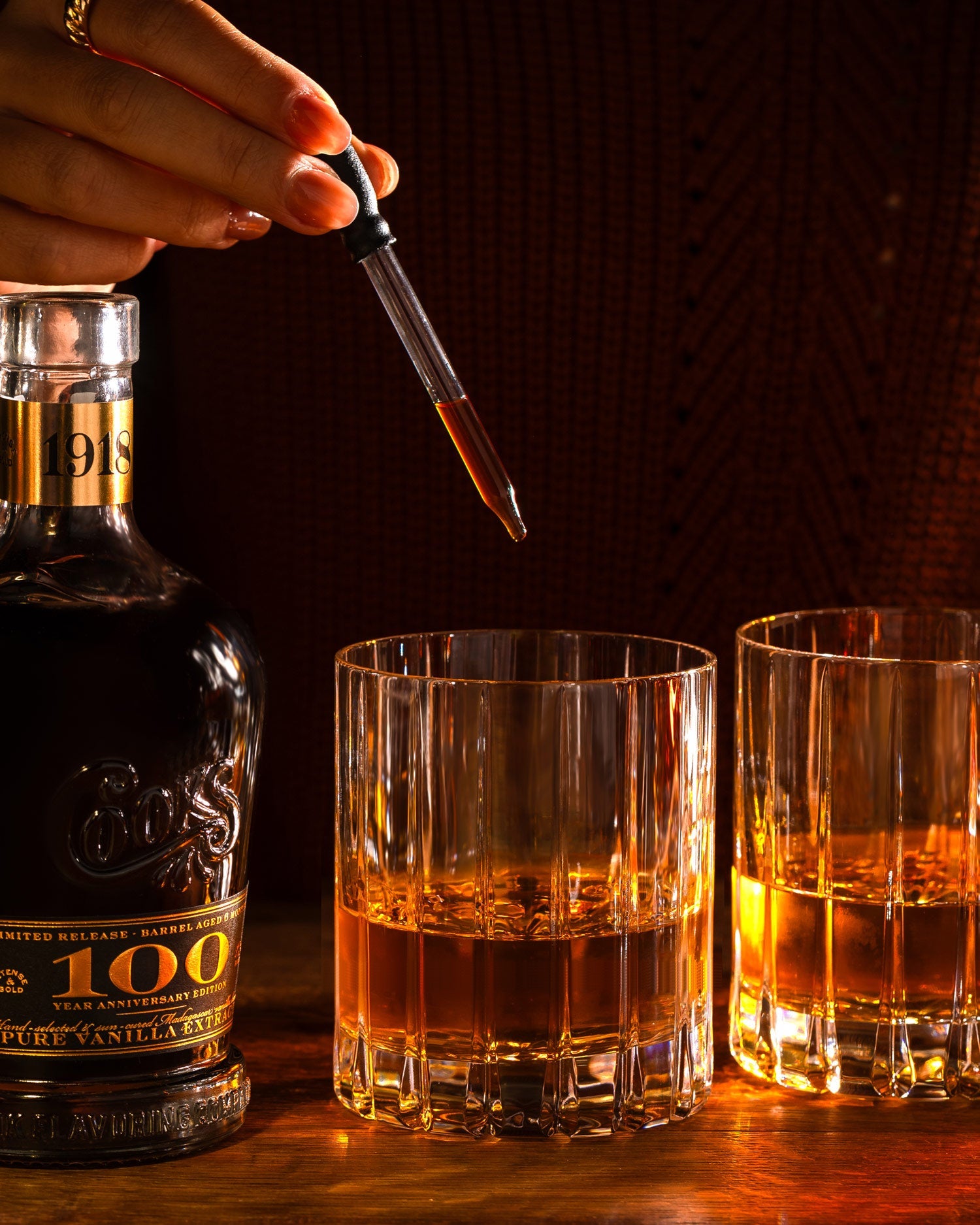

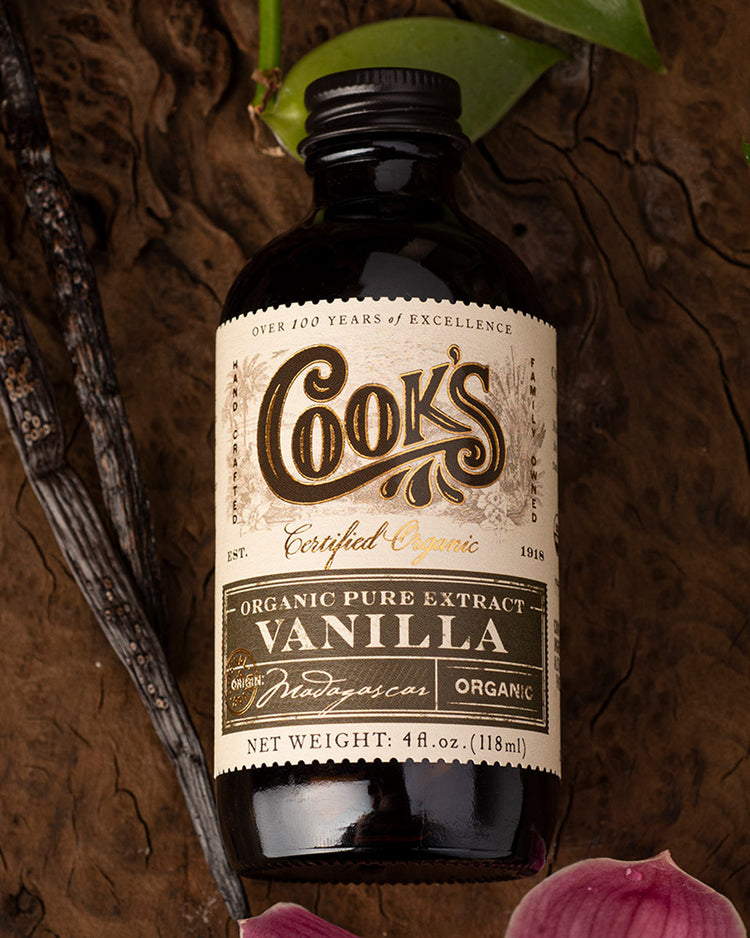
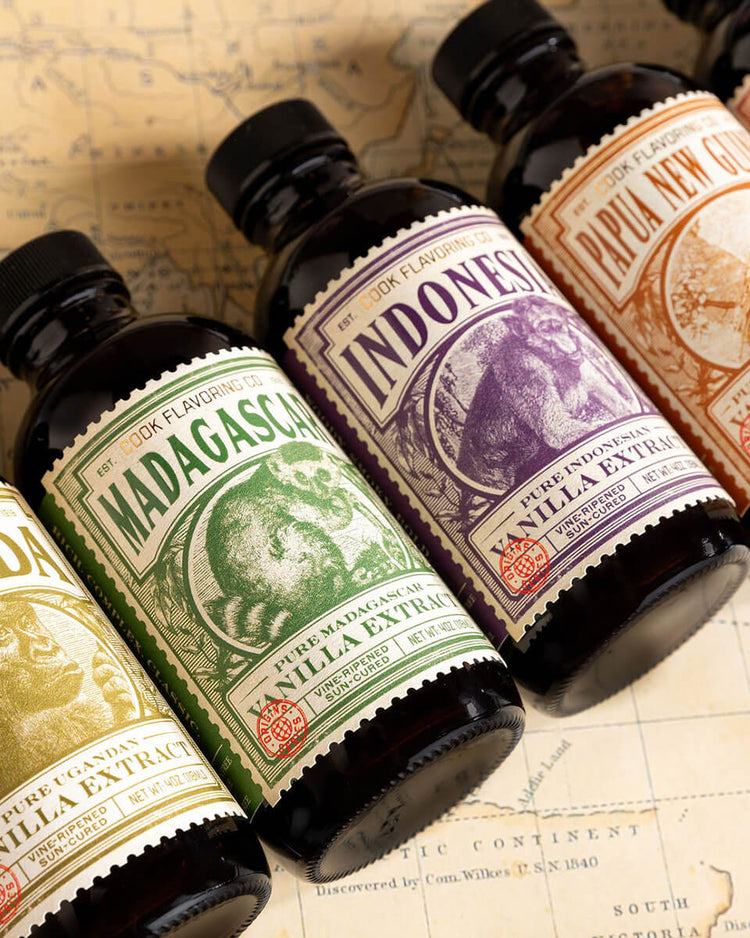


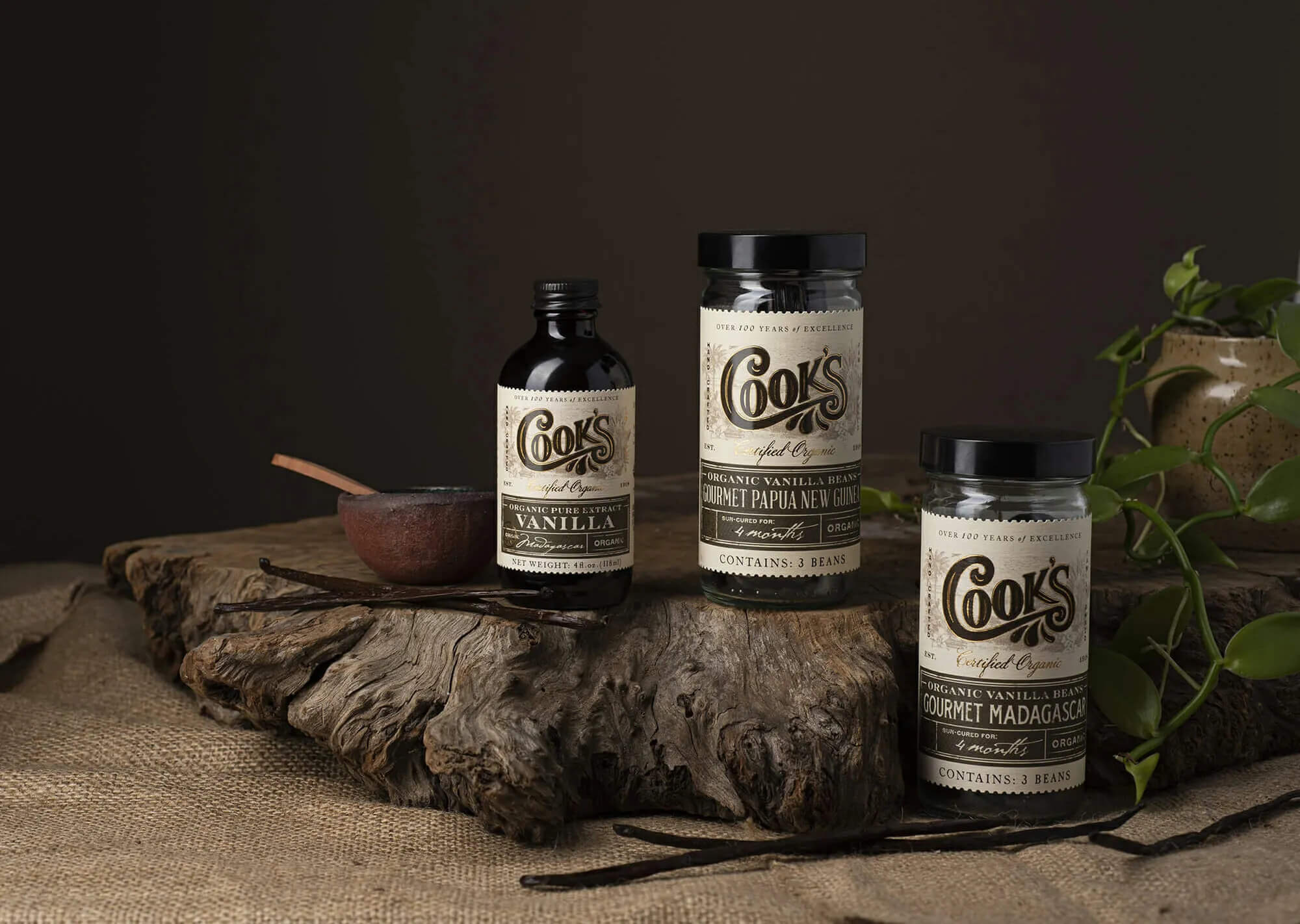
Comments